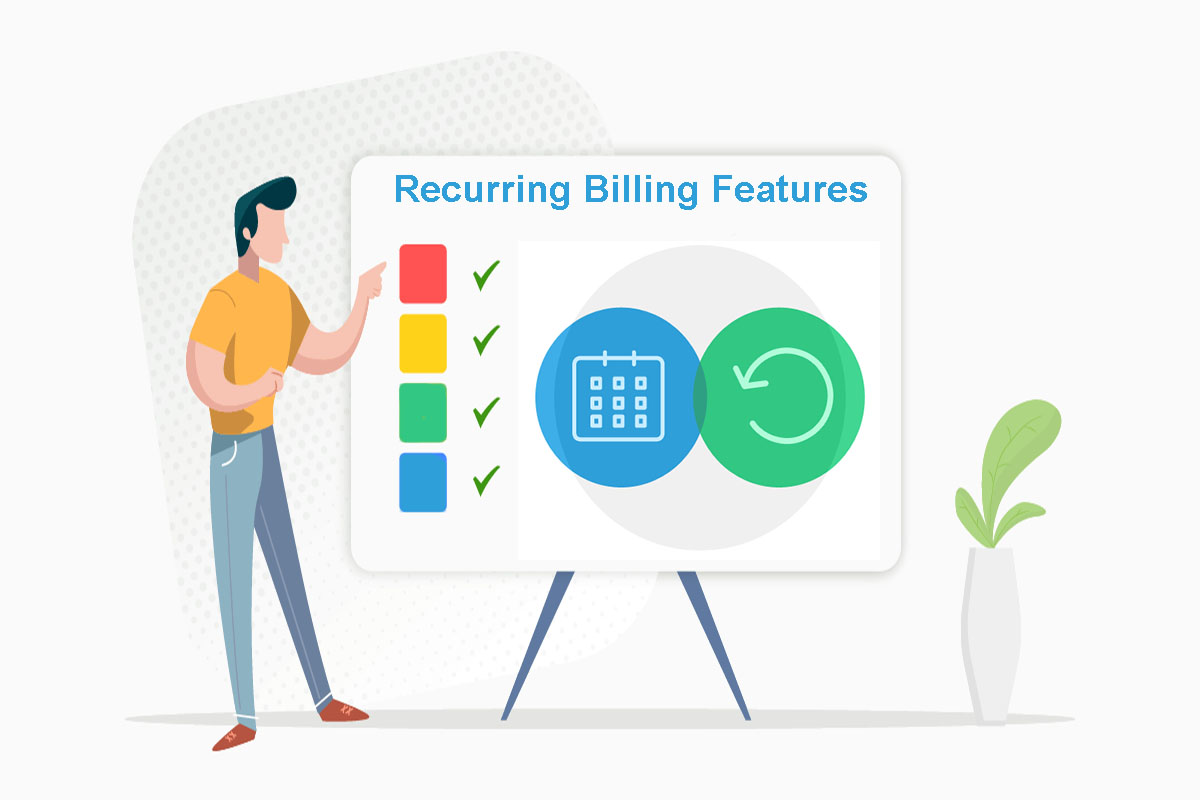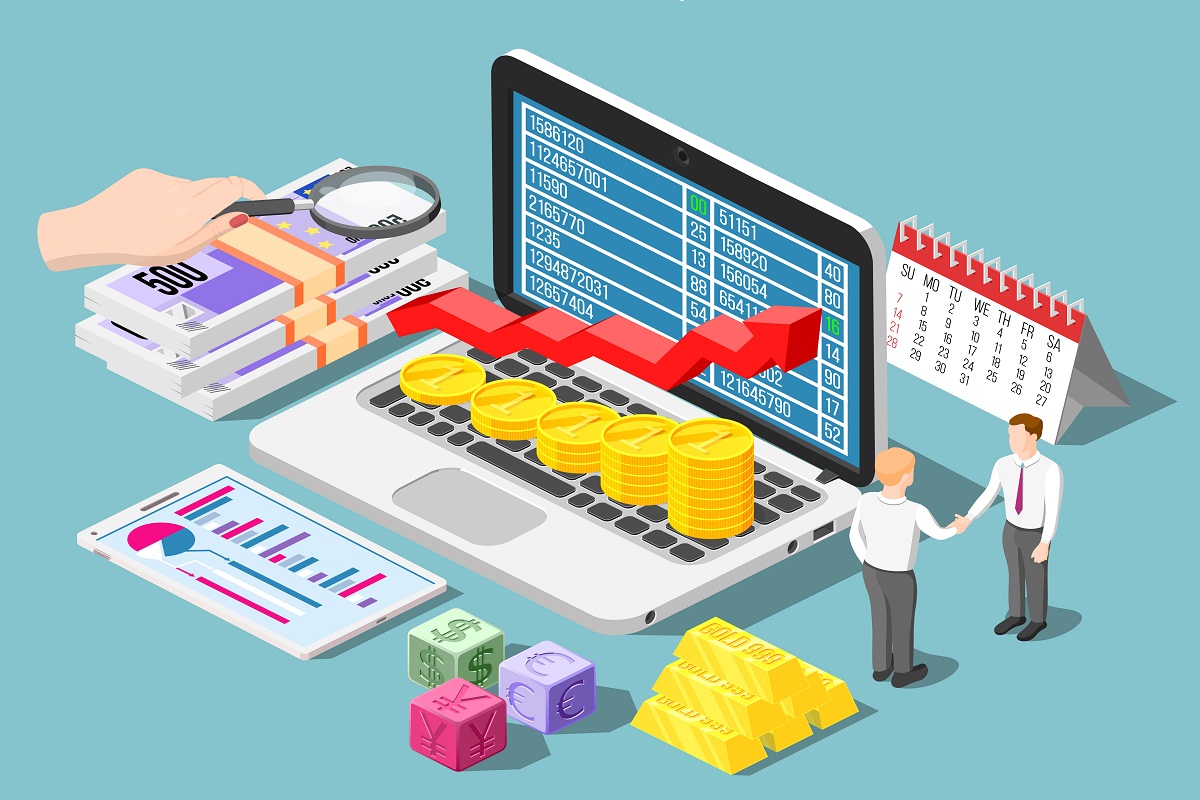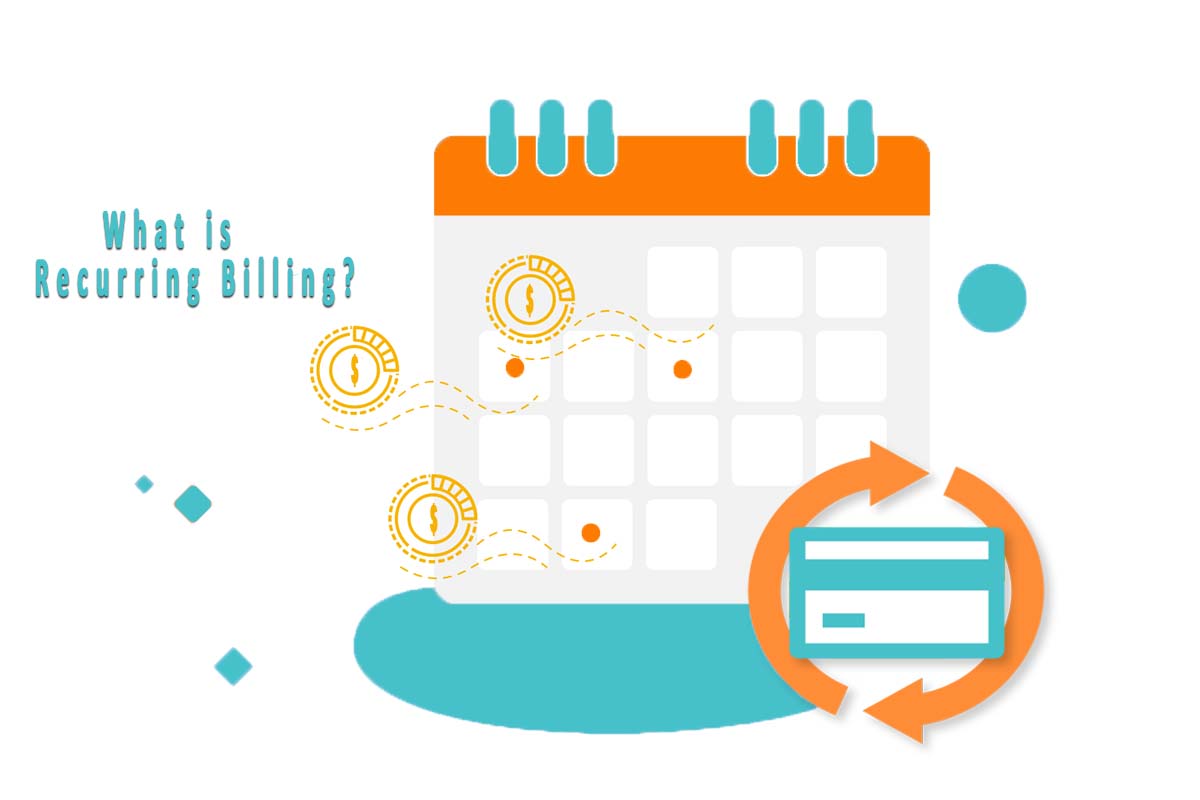Telematics and Telematics Billing-How the Future of Connected Recurring Revenue Opportunities is Evolving?
In general, when people see heavy vehicles crawling and carrying the weighty burdens of goods and monstrous bodies or other commercial vehicles on the roads, they do not bother or are not aware of the technology around it.
Very few know that to help these big and slow giants to reach their respective destination, a whole complicated, connected, and computerized system works. This system is a set of multiple telecommunication, vehicular, navigational, engineering, and computer intelligence technologies that work together to monitor an asset by sending, receiving, and analyzing the movement, fuel consumption, and other bits of information like speed and idling, tire pressure, etc. over the cellular networks.
This interdisciplinary technology is called ‘Telematics’, also known as GPS fleet tracking. This article overviews how telematics technology is revolutionizing the prospects for trade, commerce, business, travelling, and tourism with more secure, connected, and monitored management of the fleet in real-time.
What is Telematics?
Telematics is derived from two words-telecommunications and informatics. It is an integrated use of telecommunication and information technologies with wireless connectivity, electrical and mechanical engineering, and transport infrastructure and technologies.
Telematics is a vast discipline however, vehicle telematics rule above all the other definitions of telematics. It provides a digital blueprint of a vehicle and its operation across the route to the fleet managers. Telematics makes it easier, better, and faster for the fleet managers to understand the dynamics of the containers, vehicles, drivers, routes, and fleet in real-time and assess the risks, improvements, and needs of the maintenance to prevent accidents, delays, thefts, and other threats.
Telematics covers a great deal of operations by integrating multiple technologies, devices, and informatics to control, monitor, and manage remote objects over a wireless network.
Telematics systems revolutionize the logistics and transport industry and help businesses all over the world taking their physical goods, mechanical products, and heavy machinery from anywhere to anywhere with all the security, reliability, and real-time monitoring and management.
Also Read: IoT-led Subscription Monetization-Smart Recurring Billing Can Create Connected Smarter Future
Telematics—The Rise of IoT-Led Fleet Tracking and Remote Management
Telematics is a concern of every business that involves the management of the vehicles, transportation, trade, and other domains of the business that requires the navigation of the movement of the bodies.
This technology enables the organization to not only improves productivity and efficiency across the supply chain, it also centralizes, computerizes, and connects the data from all the sources at one point. Telematics involves various operations across the fleet monitoring and management that includes;
- Vehicle Tracking
- Trailer Tracking
- Container Tracking
- Object Monitoring
- Fleet Management
- Satellite Navigation
- Wireless Communications
- Vehicle Automation
- Maintenance Improvements and Risks Assessments
- Car Safety Intelligence & Emergency Warnings
- Usage-Based Billing for Car Sharing
- Usage-Based Auto Insurance Assessment
Large corporations, small industries, government division, or any other profit or non-profit unit, telematics can benefit any entity that operates or manages vehicles and other assets. Some of the industries that mainly deal with the use of fleet management technology include;
- Courier and Delivery Companies
- Field Sales and Other Services
- Towing Companies
- Trucking and Transportation Logistics
- Construction Businesses
- Food and Beverage Companies
- Transit Fleets
- Oil, Gas, and Mining Industries
- Utilities
- Police and Emergency Organizations
- Other Public Agencies
- Landscaping Businesses
- Waste Management Fleets
The use of telematics technology across these industries help their fleet management remain hi-end, real-time, and connected. It increases productivity and keeps costs and efforts at a low-end with GPS tracking, trip reporting, monitoring of the routes along with the predictive maintenance abilities, fuel consumption optimization, and remote diagnostics management.
The telematics system also encompasses the integration of other software such as online monitoring, CRM, usage-based pricing, identification sensors connected with SaaS, and others.
How Does Telematics Work and Connect Systems?
All the latest commercial vehicles are pre-configured for telematics, whereas the telematics system can be installed in any of the assets in a fleet. This battery-powered combination of devices, informatics, sensors, and other technologies are connected to a small telematics device that records, receives, or sends information to the centralized system and uses the asset’s internal electrical system. It is called the ‘Black Box’.
The black box uses a mobile SIM and a model to enable communication with the system through the cellular network. The device collects GPS data, information like fuel usage, speed and idling rate, harsh braking, battery voltage, seat belt, vehicle faults, or other asset-specific data and sends the information to the centralized server that interprets the data and helps in monitoring the asset using the fleet management software system. A black box is connected with components like,
- GPS receiver
- Engine Interface
- Input/Output Interface (expander port)
- SIM card
- Accelerometer
- Buzzer
- And others
The fleet management software system helps users view and export data and gain insights to manage the fleet.
IoT Enabled Telematics Technologies—An Advanced Step Towards the One-Stop and Connected Tracing and Tracking
IoT-enabled Telematics will be the future of the connected transportation using GPS navigation, machine intelligence, smart cities, and smart trafficking system. The new-age telematics has already taken over fleet management with real-time insights for vehicles and drivers. It has now more than easier to send and receive real-time route information, guide drivers to change the route when it is required for the faster journey and quicker deliveries, and managing the vehicle’s uptime optimization en-route.
The new digital supply chains powered by IoT provide closer and intelligent interactions and coordination between vehicles, other connected devices, and the system. With the emergence of IoT-led prospects around big data, traffic management, smart city, smart business, and smart travel predictions, performance benchmarking, and navigation, the rapid evolution is making ways for more connected supply chains, logistics, and transportation services.
It all leads to the needs of managing all in one platform. The fleet management SaaS services providers have a huge market to connect all in one place while driving the revenue from all the sources through the subscriptions—Telematics subscriptions.
Telematics Subscriptions—The Connected, Consistent, and Continuous Source of Recurring Revenue
The complex ecosystem of IoT-led telematics includes multiple data points. Multiple data points mean several business points that include vendors, manufacturers, sellers, retailers, distributors, and services providers.
For such complicated business nature, telematics subscriptions management itself enforces a great set of challenges. From providing the services to pricing these services from one-window, no deal is optimized and a definitive set of solutions for all. These need to be tailored as per the preferences of the end-user. Today, telematics is a larger part of the developing IoT Landscape and is attracting connected revenue opportunities as well as challenges for pricing, billing, and services.
The telematics services providers in arrangement with the devices or sensors manufacturers or managed services providers offer services like navigation, remote monitoring, consumption measurement and management, and more. They can charge their customers separately for each product or the usage of the product or services, etc. on a recurring basis, or the customers can be offered a subscription plan or a subscription bundle that contains all the products and services required for a connected IoT-led Telematics.
Telematics technology exposes telecommunications, informatics, devices manufacturers, internet services, and all other services providers with a business model that would continue to earn them the recurring revenue for a longer period rather than selling the technology for once, only.
Actually, there is no one-size-fits-all billing model for all the services providers in a telematics system. If telecommunication and managed services providers can opt for flat-fee pricing, then the SaaS fleet management application can go for usage-based pricing, whereas the manufacturers can choose one-time billing for value-added services-based subscription billing.
Telematics subscription is the dawn of connected, consistent, and continuous source of recurring revenue streaming for SaaS vendors, vehicle, device, or sensor manufacturers, managed services providers, businesses and business processes management services providers, etc.
Also Read: Subscription Rundles—The Future of Subscription Business Is Here…










